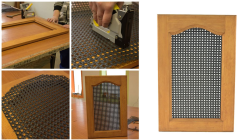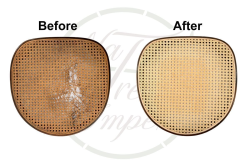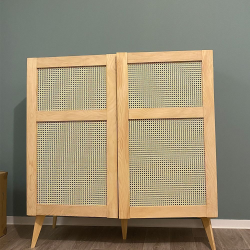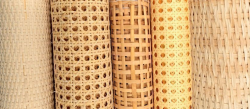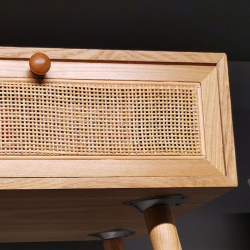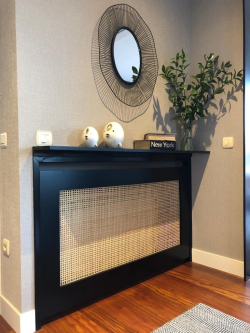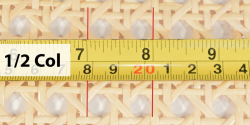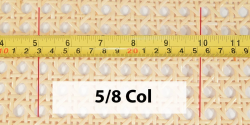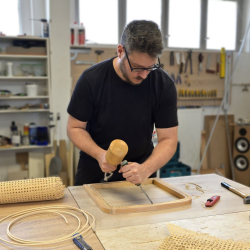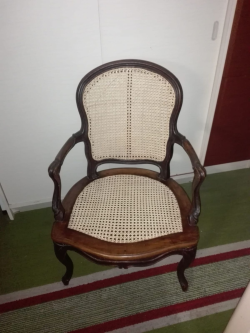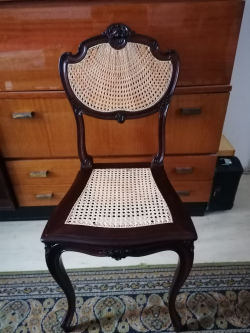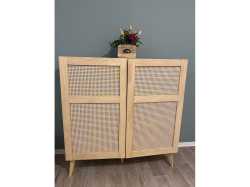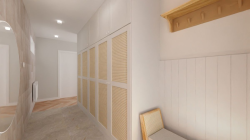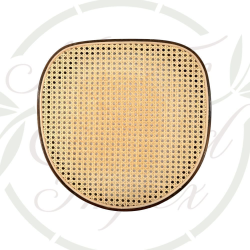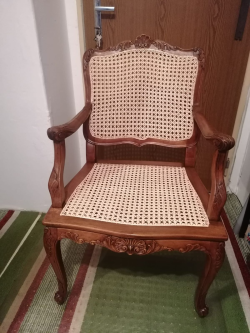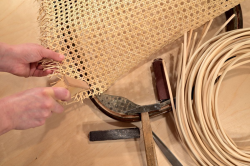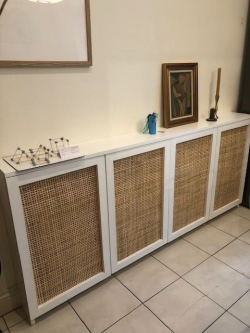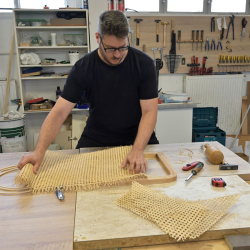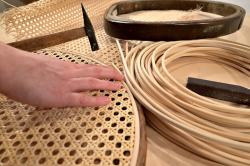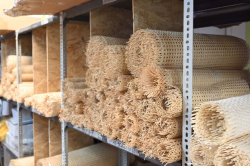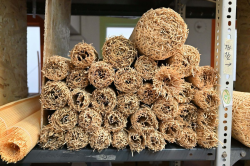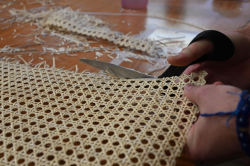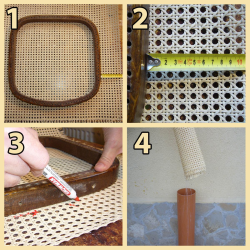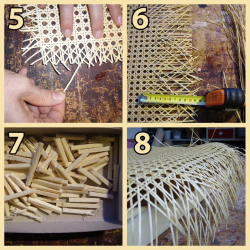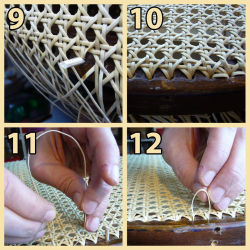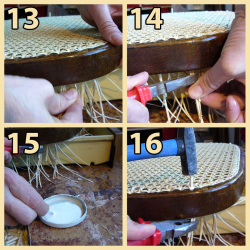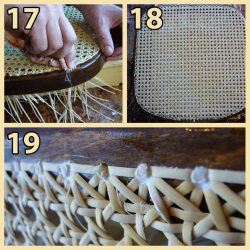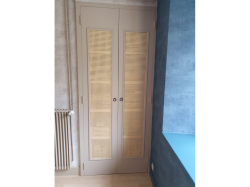Cane webbing
Cane webbing
Rattan is a natural material woven from the shell of the rattan palm. Each material has holes of different shapes and sizes.
What can I use cane webbing for?
One of the uses of rattan webbing is for repairing thonet chairs, repair the seat of a thonet chair or chair weaving. It can also be used to make trendy wall papers. It is an essential element of today's emerging vintage interior design.
What do you recommend if I'm looking for a well-ventilated material for door inserts?
As tonett is not a completely sealed material, it is also used to cover radiators and as a door front for furniture where ventilation is essential. It can also be used as a rattan partition. This also shows that thonet is not only practical but also decorative.
How to work with cane webbing?
Rattan webbing can easily be cut to size with a large pair of scissors. It is a good idea to soak the cane in water before using it, as it will soften temporarily. This makes it easier to fix the wet thonet material, for example in the door frame.
Why is it also known as thonet?
Michael Thonet was an iconic figure of 19th century furniture and design in his lifetime. His main work, the No. 14 chair, is universally known as thonet chair. Its curved wooden frame with a seat made of thonet material, which is a perforated rattan cane webbing. It is comfortable and well ventilated. The thonet chair is a low-maintenance, long-lasting piece of craftsmanship. But this rattan material surface is designed only to sit on. It can't take it if you try to stand on. Then the fibres of the tonett material break. Damaged thonett chairs can be repaired completely using rattan webbing. With a little manual dexterity you can do it at home.
Natural rattan cane is specifically designed for indoor use. Depending on the quality, it can be used for chair seats, backrests or decorative purposes. Take a look at the pictures in our gallery to see what cane webbing roll is good for.
